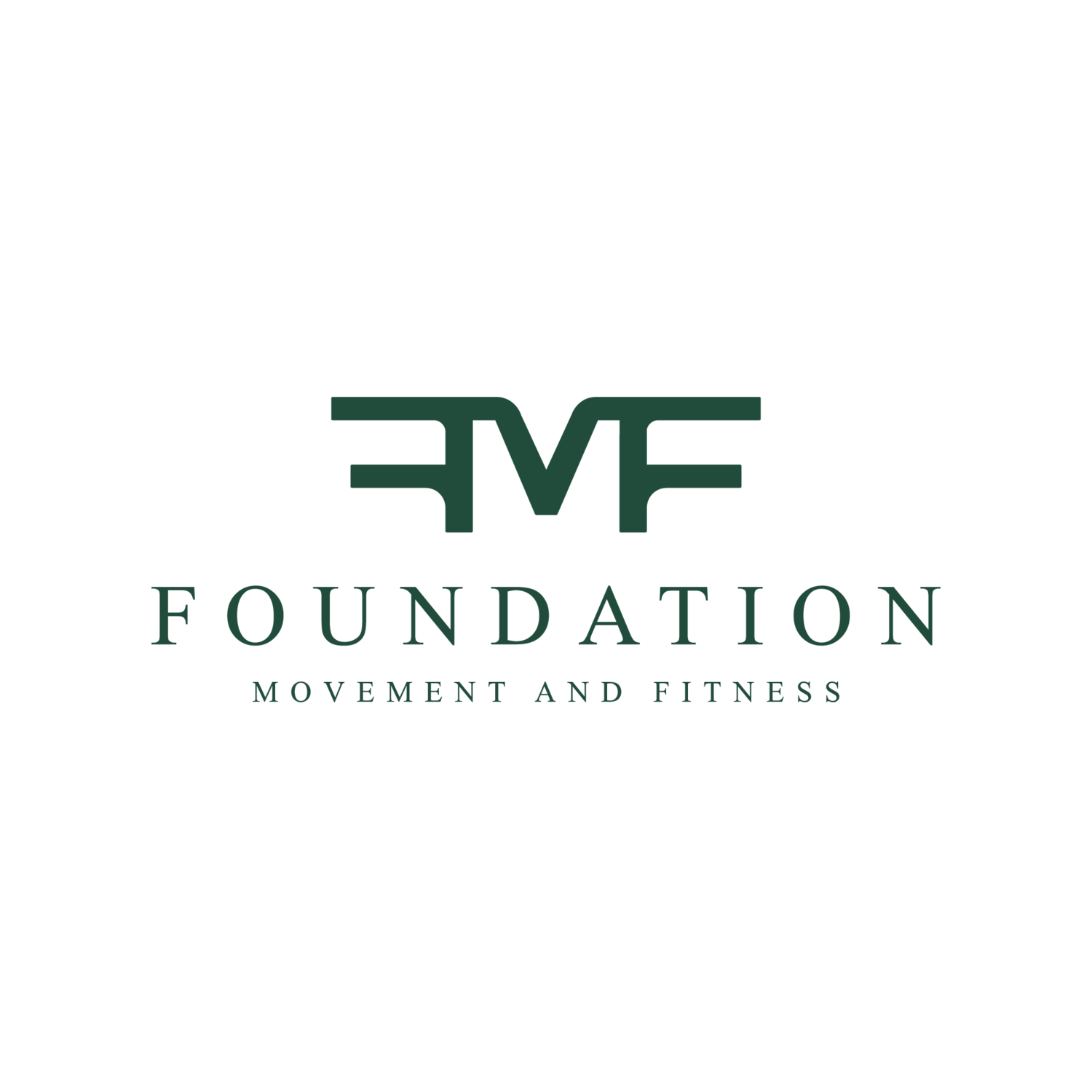This week I want to talk about something that builds off the last blog about feet so if you haven’t read that one yet, I’d recommend going back and giving it a read before this.
So as we discussed, gait pattern is a movement pattern that is often overlooked but is very important. After all, everything does start with your feet! When you think of gait patterns you probably think of walking, but once you pick up your pace enough, walking turns to running! Running is important to talk about too!
Running gets a bad rap sometimes
It’s totally possible to get back to running after an injury or set back, if that’s what you love. All you have to do, is take the time to work through your posture and movement to develop the strength and stability to run well.
Unfortunately, just like many movements, running can get a bad rap. Oftentimes, doctors may even advise patients against running when they are perfectly fit and capable enough to run simply because they don’t want to spend the time to get to the root of why running may be causing the patient pain or discomfort. Well, I’m here to tell you that you don’t have to stop running even if you have injuries! It’s totally possible to get back to running if that’s what you love. All you have to do, is take the time to work through your posture and movement to develop the strength and stability to run well.
Last time we talked about some foot specific movements so today I want to give you a few ways to prepare for a run that can really help you run pain free. It’s not uncommon for runners to acquire muscle imbalances that create more work for the body when we ask it to run or move (inefficiency). In fact, even runners that strength-train regularly can fall victim to muscle weakness if they’re not addressing the imbalances directly.
For example, prolonged sitting can cause the gluteus medius on both sides to weaken or shut off, causing instability and lateral shifting in the hips. This weakness hinders your running form via wasted lateral movement and can also cause overuse injuries like Iliotibial Syndrome and other issues down the chain. Our pelvis and spine are protected by muscles including our core, glutes, and hip flexors. When we run we want our pelvis to be neutral and our spine to be decompressed (having space between the vertebrae) but our hip flexors tend to be very tight and our glutes tend to be weak causing a pelvic tilt. When you run with a pelvis angle of more than 10 degrees you lose the ability to recruit your glutes, therefore elongating your core and forcing your hip flexors to perform double duty... stabilizing (good) and propulsion (not their job).
Before a run, try doing a hip opening stretch such as the ½ squat or table 4 stretches we have on our blog! Next, a great way to get those glutes to start firing up before a run is by doing some glute bridges! Once again, glute bridges come to save the day. They’re such a simple and equipment free exercise you can easily do before a run wherever you are.
Glute bridges
Glute bridges will bring the pelvis into neutral and allow you to use your glutes for propulsion instead; saving your back and using the correct muscles.
We have numerous blogs explaining proper glute bridge form in great detail so if you are new to them or need a refresher be sure to check them out. When doing them, make sure to push up through your glutes and squeeze them together at the top of the bridge while keeping your rib cage from splaying open by tucking it in through your core. Do 2 sets of 10 before a run.
Proper running technique also involves rotation through the spine. Here’s a good warm up for your thoracic (between shoulders) spine.
In the video above, you’ll see the model demoing with a PVC pipe, but you can also do the same motion by placing your hands behind head as if getting ready for some sit ups. Tip to one side without crushing into your side body and gently twist your torso as if you were wanting to look up to the sky. Don’t force the twist, it is designed to be a gentle stretch. You will increase your range of motion with each rep you do.
And last but not least, remember that strength training is essential for any sport so don’t forget to spend time doing moderate weight bearing exercise at the gym!


